Driving and audio entertainment have been a natural fit since the very beginning, and the in-car radio receiver had become a realistic prospect by the early 1930s.
By 1960, there were 445,258 in-car radio licences taken out (at the cost of £1, or about £23 today) in Britain – although the fact that there were six million cars on the road rather suggests that this fee was easy to dodge.
Anyway, the ubiquitous mode of listening to music when stationary was a 12-inch long-playing phonograph record – popularly known as the LP, or today 'a vinyl'.
That year, Dutch electronics company Philips revealed at the Earl's Court motor show its Auto-Mignon, a curious device that played the new seven-inch extended-playing (EP) records. It was suspended under the dashboard on coil springs, and Autocar enthusiastically stated that it was "virtually immune" from road shocks. In reality, your £23 (today £534) paid for plenty of flutter, needle jump and, after a short while, worn-out records.
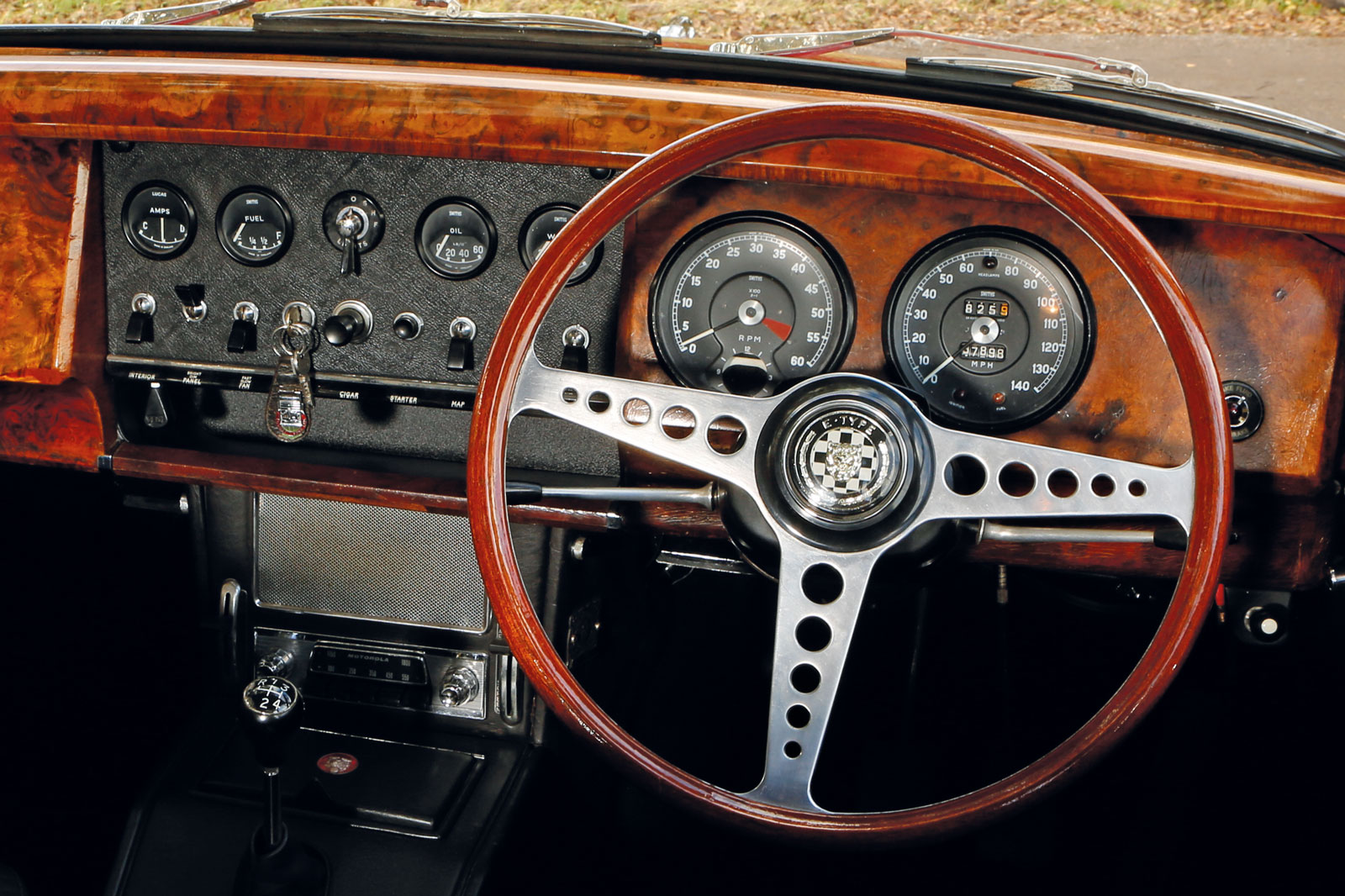 Soon came a viable solution for avoiding whatever rubbish was being played on the BBC Light Programme (nowadays called Radio 2): the eight-track tape, a collaborative invention of Ampex, Ford, General Motors, Motorola, RCA Victor and, erm, the boss of Learjet. It was named so because the magnetic tape reel on which the music was stored was divided into eight literal tracks – not because it had only eight songs on it.
Soon came a viable solution for avoiding whatever rubbish was being played on the BBC Light Programme (nowadays called Radio 2): the eight-track tape, a collaborative invention of Ampex, Ford, General Motors, Motorola, RCA Victor and, erm, the boss of Learjet. It was named so because the magnetic tape reel on which the music was stored was divided into eight literal tracks – not because it had only eight songs on it.
The eight-track didn't last long in the UK, however, its low take-up quickly being overshadowed by the compact cassette after the introduction of that format to cars by Philips in 1968.
Having only limited drawbacks, and with no real alternative to fight, the cassette (or tape) enjoyed a solid run of popularity, even though vinyl records remained the dominant force for home audio.

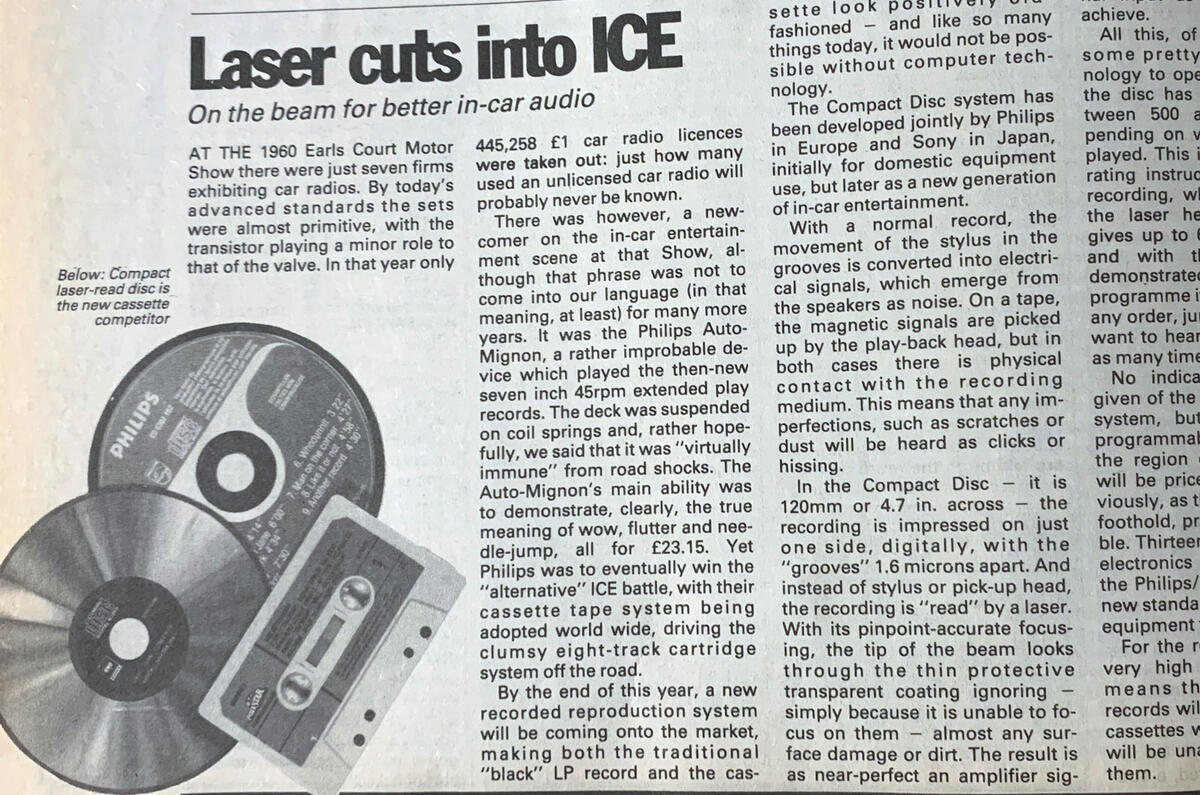
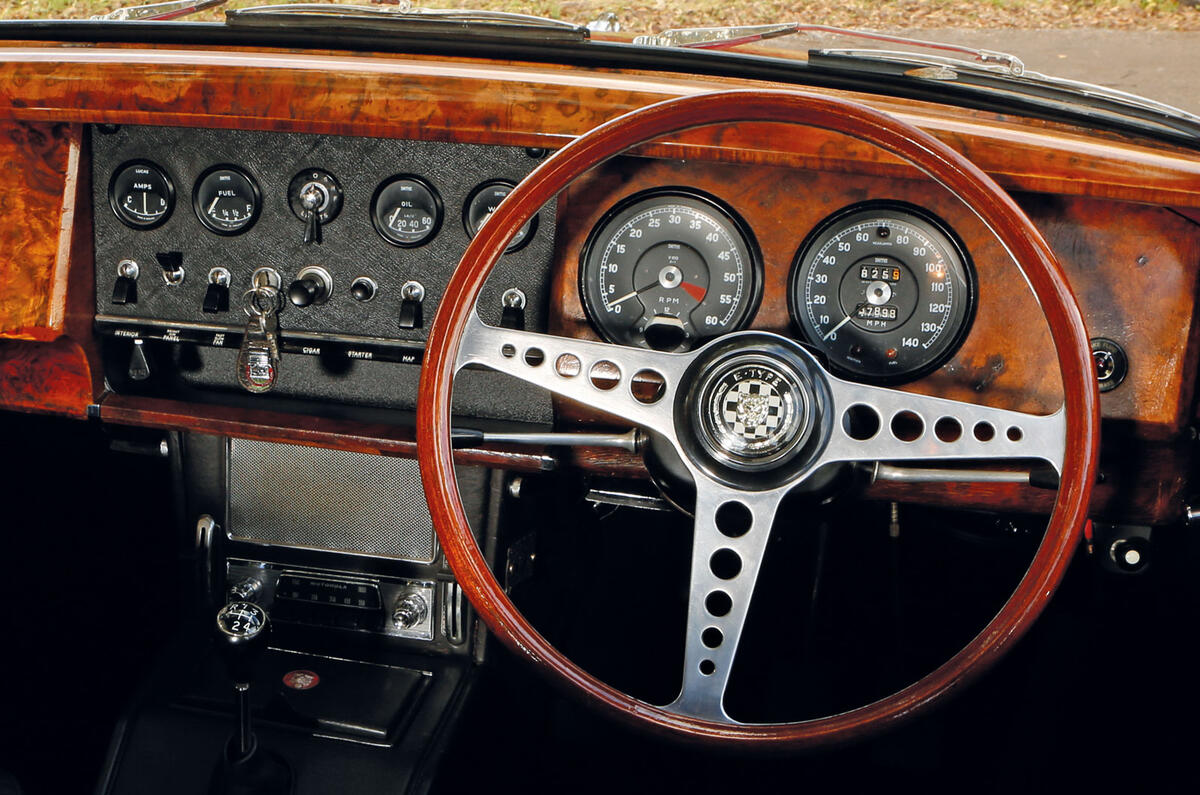

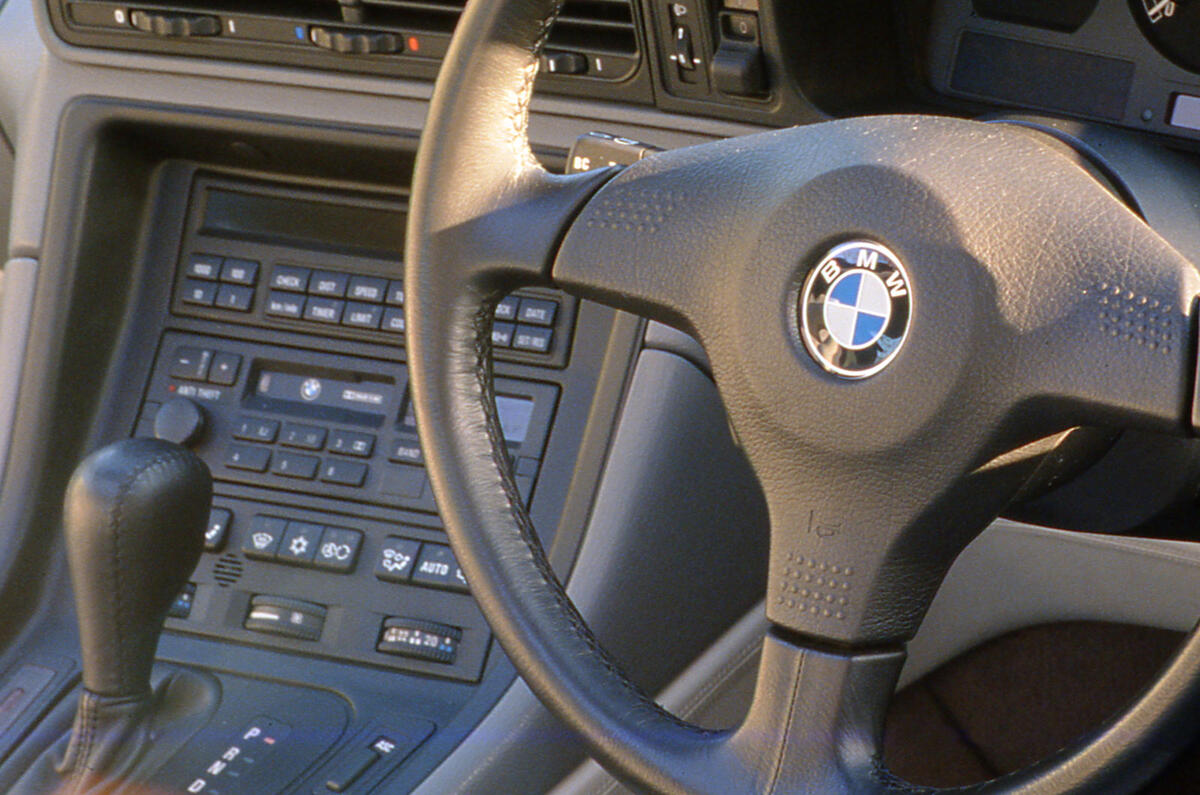
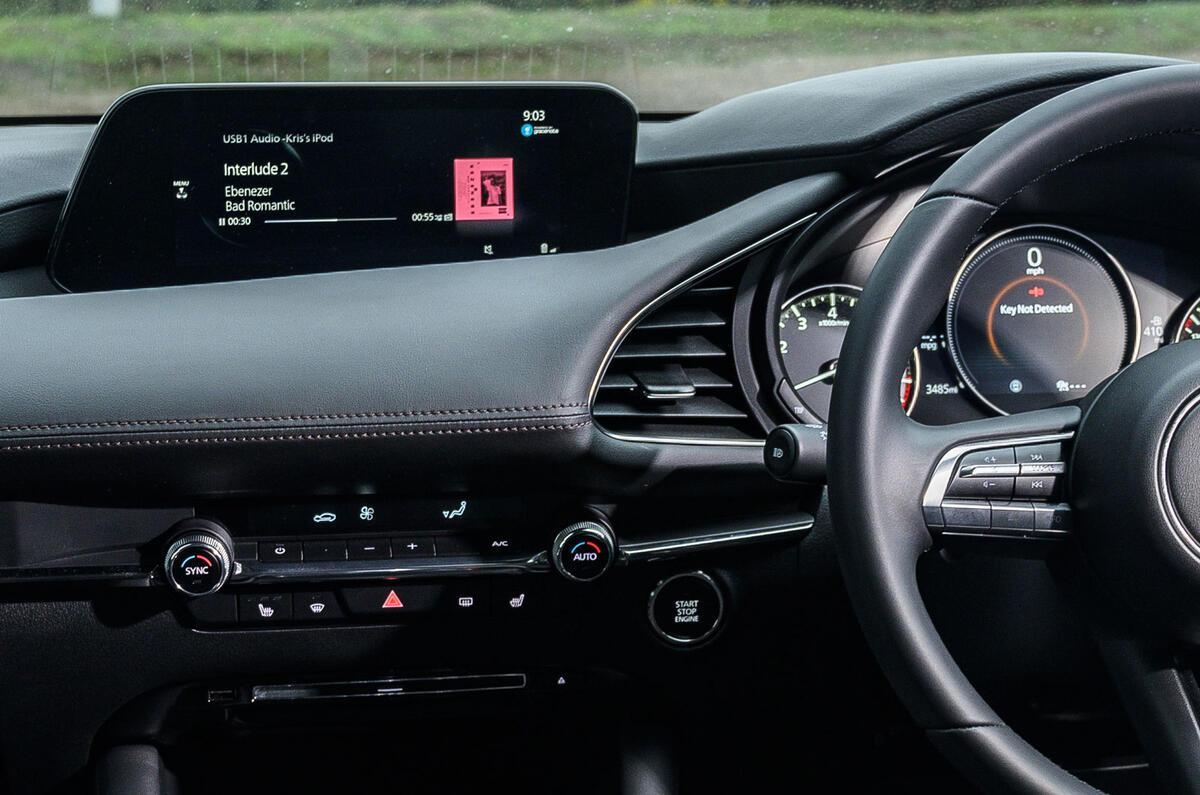
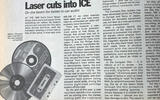





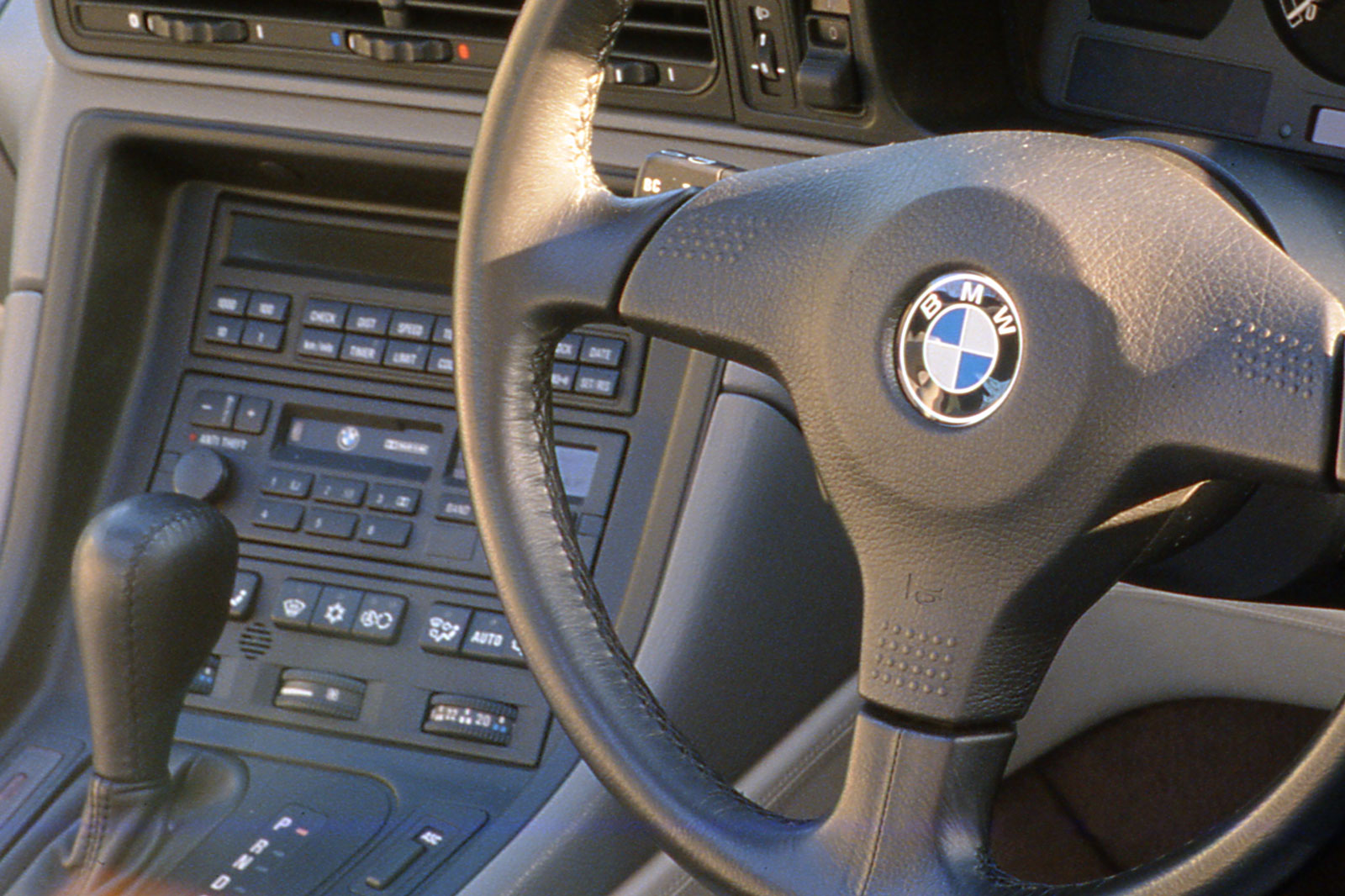
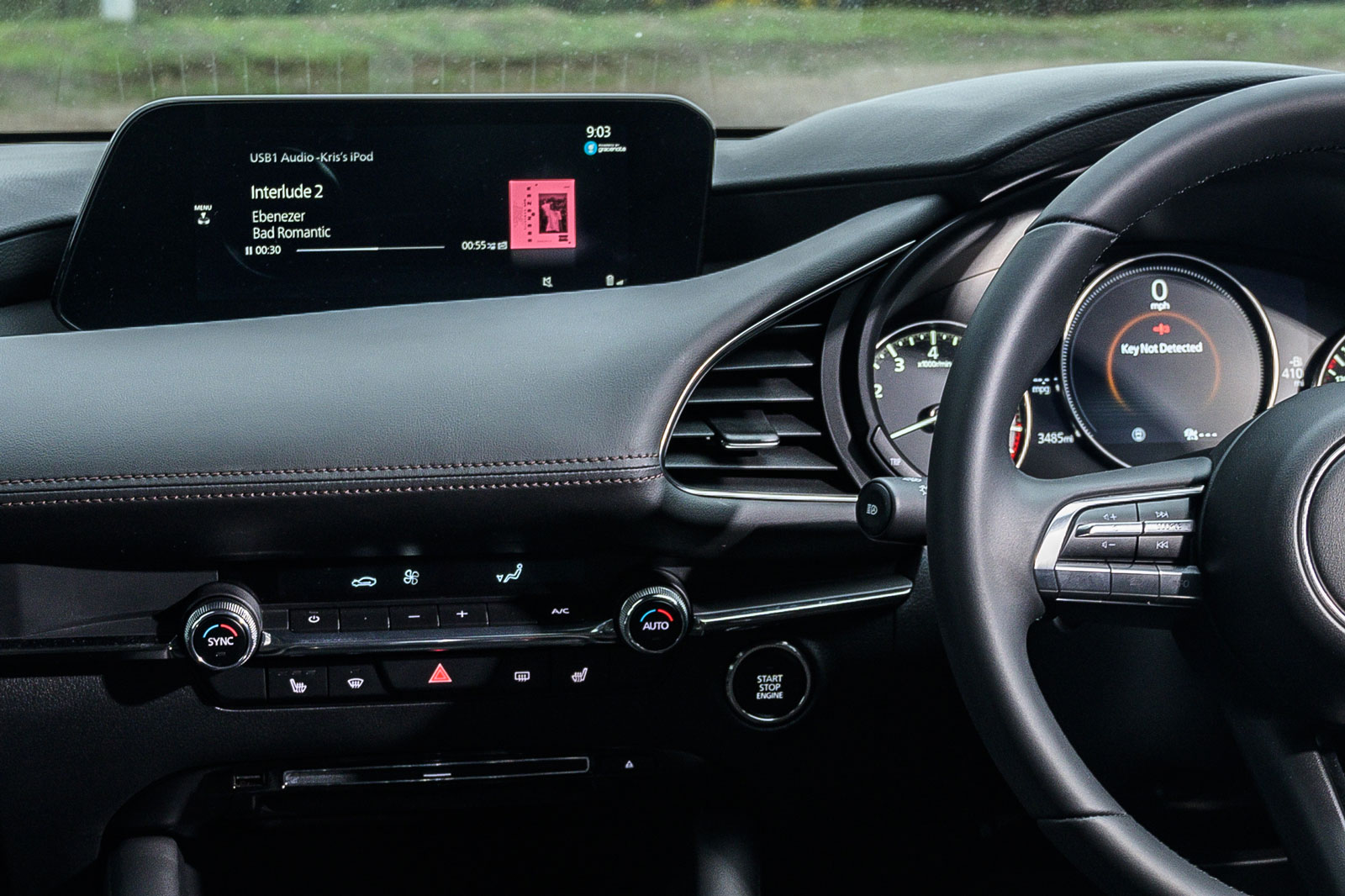


Join the debate
Add your comment
Now I have started doing live broadcasts. But I'm still learning in this direction, so I'm studying various websites. Now I'm learning how to make a live stream launcher screen. This will help me make my videos even more interesting.
I do miss that part of my
You can still have the sound
You can still have the sound quality of CDs in digital format - just use FLAC (not that poor quality mp3 rubbish), they take up half the space. So I still buy CDs, convert them to FLAC, stick them on a large micro sdcard and put it in my Android head unit, then I have 300 CDs in full quality wherever I go, regardless of whether theres 4G or not. CDs are cheaper than buying low quality mp3s too, so its win win.